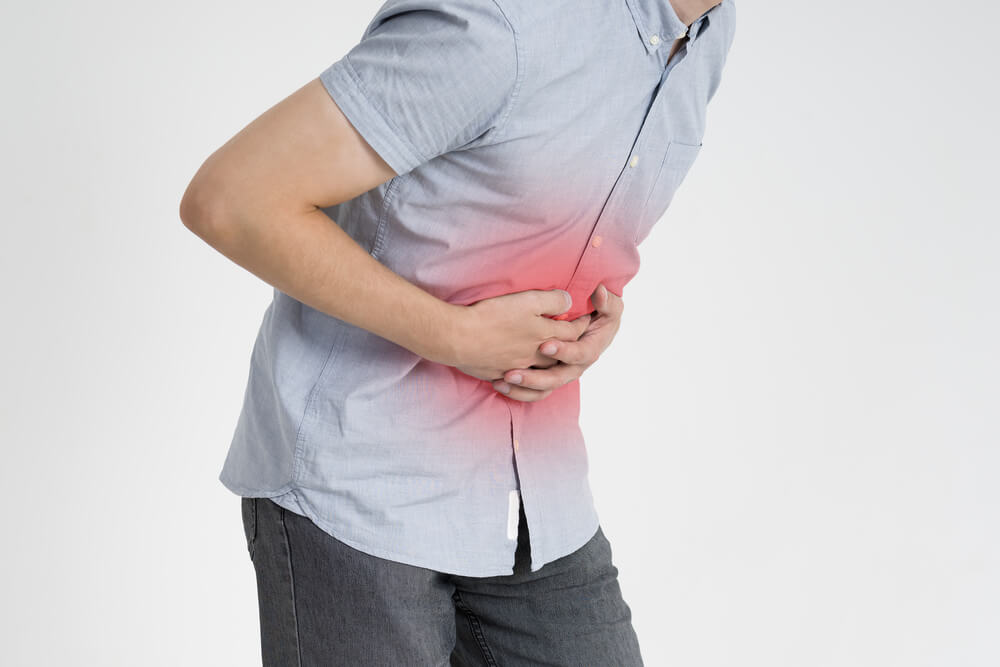A duodenal diverticulum is a purselike structure connected to the duodenum, the next portion of the small intestine just over the stomach.
The duodenal diverticula has two types. The usual type is present in some individuals that stick out from the duodenum, similar to the more common colonic diverticula.
The two types of diverticula, extramural and intramural, communicate with the lumen of the duodenum so that contents of the duodenum can enter the diverticulum.
The Causes Of Duodenal Diverticulum
The cause of extramural diverticula is unknown. Owing to a herniation of the duodenum through a defect in the muscle of the duodenum wall, they are thought to be acquired, perhaps in a region where arteries move through the intestinal muscle to nourish the lining of the intestine.
Complications Caused By A Duodenal Diverticulum
The duodenal diverticulum has no symptoms. They may rupture and lead to a pocket of inflammation adjacent to the duodenum with or without infection. It results in all signs and symptoms of intra-abdominal inflammation: fever, pain, and abdominal tenderness.
If the diverticulum is near the Ampulla of Vater, patients may develop gallstones, particularly in the bile duct, and may develop all of the complications of gallstones :
- Biliary colic. The pain of obstruction of the bile ducts.
- Cholecystitis. The inflammation of the gallbladder.
- Cholangitis. The inflammation of the bile ducts.
- Pancreatitis. This is due to interference by the diverticula with the normal function of the pancreatic ducts and bile.


